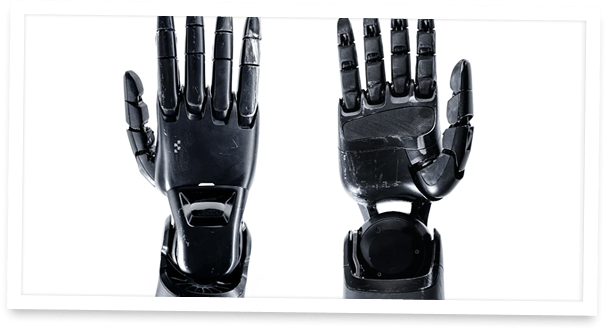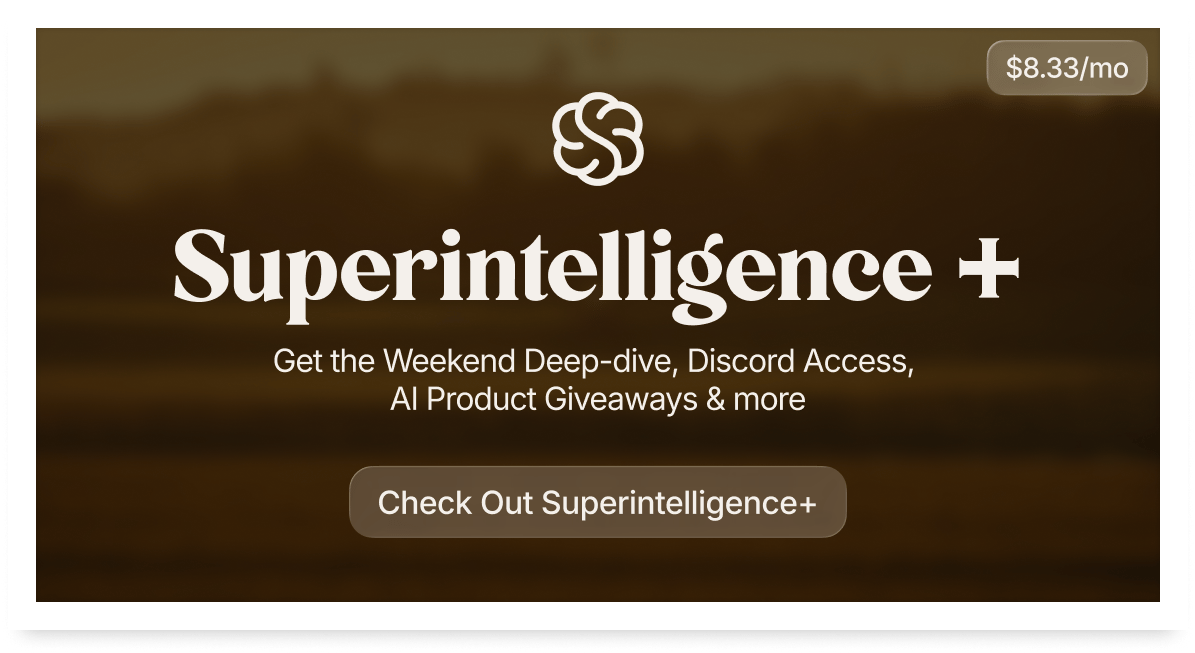In partnership with:


Dear Readers,
The pace of breakthroughs this week feels almost unreal: robots brewing espresso on their own, BMW rolling out thousands of cars with humanoids on the line, and xAI dropping a tool-calling model built for genuine autonomous work. So here’s the question I woke up with today: What happens when AI stops acting like software and starts behaving like a colleague? The stories in Dieser Ausgabe hint at that shift - messy, impressive, and suddenly very close.
Today, you’ll dive into Grok 4.1 Fast, Figure’s monster deployment inside BMW’s Spartanburg plant, and Physical Intelligence’s surprise leap in autonomous robot learning. There’s fresh research from Nature on whether humans could meaningfully extend lifespan, a soft adaptive lens that beats the human eye, and a microbiome trick that turns gut bacteria into a longevity engine. Each piece opens a door to something larger - follow it and see where the future is already leaking in.
In Today’s Issue:
💻 GPT-5.1-Codex Max revolutionizes coding with long-horizon reasoning
👁️ Georgia Tech unveils adaptive hydrogel soft lenses
🦠 Scientists discover how to turn the gut microbiome into a longevity factory
🧬 Research suggests humans could live to 150
✨ And more AI goodness…
All the best,




Grok 4.1 Fast released!
Grok 4.1 Fast is a new tool-calling model from xAI, designed for high-performance, real-world agent tasks (e.g., customer service, financial workflows) with a massive 2 million token context window. It’s paired with their Agent Tools API (web search, X-data, code execution, etc.), enabling developers to build production-grade autonomous agents with cost- and speed-optimised inference.

BMW Completes Figure 02 Deployment
Absolutely incredible: The new robot Figure 02 had an 11-month deployment at BMW Group’s Spartanburg plant, including 10-hour daily shifts, during which it moved 90,000+ parts, ran 1,250+ hours, and contributed to the production of over 30,000 X3 vehicles. The deployment yielded critical learnings (especially about reliability and mechanical design) that are being incorporated into the next-gen robot Figure 03.

Autonomous Robot Learning Breakthrough Announced
The pace of robot development is accelerating ever faster: The team at Physical Intelligence developed a model called π*0.6, a vision-language-action (VLA) system trained not just on demonstrations but also on real-world autonomous experience and expert corrections using a method they call Recap.
This approach more than doubles task throughput and halves failure rates on tough real-world tasks like making espresso, folding laundry, and assembling boxes.


Google boss says trillion-dollar AI investment boom has 'elements of irrationality'


GPT-5.1-codex Max: Coding AI Takes the Wheel
The Takeaway
👉 Codex-Max brings long-horizon reasoning: capable of managing tasks across millions of tokens and sustained sessions.
👉 It replaces GPT-5.1-Codex in coding environments, offering higher accuracy with ~30% fewer thinking tokens.
👉 For developers and AI toolmakers: integrate this shift into your workflows now - think agentic coding, not just snippet generation.
👉 For strategy and ethics: start planning oversight, human-in-loop checkpoints and governance models for more autonomous code-agents
The new model GPT‑5.1‑Codex‑Max from OpenAI kicks off with a thunderclap—this isn’t just another incremental update, it’s a leap toward agentic programming. The model is described as being able to sustain work over millions of tokens, perform long-running tasks, manage entire codebases, and already match top benchmarks in software-engineering domains.

So, what’s the deal? Simply put: unlike earlier models that handled single snippets or short-time frames, this model is built for “long-horizon reasoning,” meaning it can stay in the flow of a project - refactor entire repositories, debug continuously, iterate autonomously - via a process called compaction.
We move from AI as “autocomplete for code” toward AI as “co-engineer for entire modules”. For those building tools or workflows around coding, integration, or developer productivity, this signals a paradigm shift. It opens doors for new agentic workflows, more efficient dev cycles, and perhaps a rethink of how humans and AI collaborate in software engineering.
Why it matters: These advances raise the baseline of what “AI assistant for developers” means—making previously human-constrained workflows partly autonomous. And it matters because interfacing, safety, and control become more urgent: a more powerful coding agent demands fresh thinking on governance, oversight and human-AI collaboration.
Sources:


How to Use Social Signal Intelligence to Win B2B Deals 7X Faster

B2B deals hinge on office politics, hierarchies, egos, and power dynamics. Substrata’s AI deal intelligence platform analyzes behavioral cues, social contexts, status gaps, and more to help you win every winnable deal. Optimize communication, track performance, and master the game of dealmaking. Get started here
Substrata has developed dozens of specialized models to help dealmakers navigate the subtle “social dance” between sellers and prospects:
Analyze any prospect’s LinkedIn profile to extract their natural tendencies
Monitor your prospects’ fluctuating levels of interest by analyzing verbal and nonverbal interaction data
Discover deep sentiment and the relative balance of power
Track your and your team’s ongoing performance
Optimize your sales game to increase win-rates and shorten sales cycles.



Adaptive Soft Lens Outperforms Eyes
Researchers at Georgia Institute of Technology unveiled a photo-responsive hydrogel soft lens (PHySL) — a squishy robotic “eye” that changes focus via light-activated graphene-oxide swelling, enabling it to resolve details such as hair on an ant’s leg.
Unlike conventional rigid optics, this bio-inspired lens works without external power or mechanical parts, paving the way for ultra-light, adaptive vision in soft robots, wearable tech, surgical tools and remote sensors.

Scientists Discover How To Turn Gut Microbiome Into a Longevity Factory
Researchers found that administering a non-absorbed antibiotic triggers gut bacteria to produce compounds linked with lifespan extension in worms and mice. This raises a fascinating route: instead of injecting new drugs, we could coax our own microbiome to become a longevity partner. If translatable to humans, it could shift ageing interventions from systemic therapies to microbiome engineering

Could Humans Live to 150? Why some researchers think we’re on the cusp of a major longevity breakthrough
An article in Nature argues that while pushing maximum human lifespan remains immensely challenging, rising investments in mechanistic ageing research (think senescence, metabolic repair, epigenetics) mean we’re closer than ever to extending “healthspan” meaningfully. The relevance: it reframes the longevity discussion from fantasy to plausible next-decade science.


Introducing WhatsApp Business Calls in Synthflow
65% of people still prefer voice, but 40% of business calls go unanswered. Now Synthflow Voice AI Agents can answer WhatsApp calls directly — resolving issues, booking, and following up 24/7 with full analytics.





